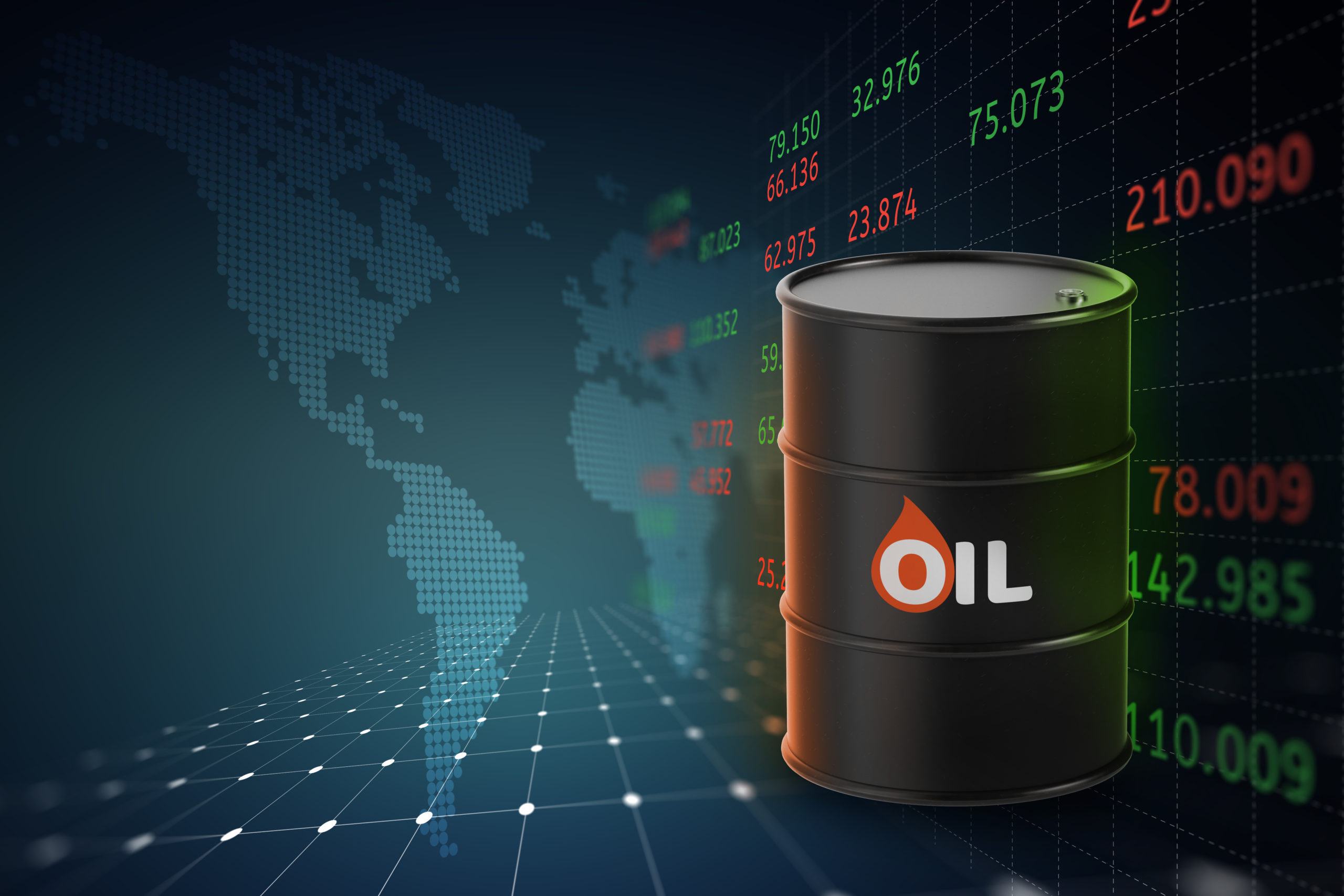Global oil markets reacted sharply after U.S. airstrikes targeted Iranian nuclear sites, sowing fears of conflict escalation and disruptions to critical energy infrastructure. The resulting global oil price spike reflects growing concern over supply chain stability, inflationary pressures, and geopolitical uncertainty. This comprehensive analysis explores the causes, implications, and likely trajectory of oil prices amid the Middle Eastern crisis.
US Airstrike Sparks Middle East Oil Market Turbulence
On June 22, the U.S. launched airstrikes against Iran’s Fordow, Natanz, and Isfahan nuclear facilities. Within hours, benchmark crude prices surged: Brent crude rose over 6% to around $78 per barrel, and West Texas Intermediate (WTI) climbed similarly. This global oil price spike stems directly from fear that tensions could escalate, potentially affecting oil supply via the Strait of Hormuz, a maritime chokepoint for 20% of the world’s oil shipments.
Analysts point out that oil could briefly test the $100–130 per barrel range if Iran follows through with threats to block Hormuz . However, they also note that spare capacity from OPEC+ could soften any prolonged disruptions.
Economic Ripples: Inflation, Markets, and Energy Price Wars
The sudden global oil price spike rippled beyond energy markets:
- Inflationary Pressures: Higher crude drives up fuel and transport costs. In the U.S., pump prices already edged higher than $3.22 per gallon.
- Market Volatility: Stock markets wavered. The U.S. Dow and S&P futures fell by over 1.7%, while Australia’s ASX lost $25 billion in market value.
- Central Bank Focus: With inflation risks rising, central banks may delay interest rate cuts or even hike rates to contain inflation.
- Energy Stock Surge: Analysts flagged sharp gains in oil equities and energy-heavy indices, reflecting shifting investor flows.
Strait of Hormuz: The Flashpoint Driving the Price Spike
The global oil price spike is amplified by Iran’s threats to close the Strait of Hormuz in response to strikes. Historically, during crises like the Gulf Wars, oil prices spiked even without actual closures—highlighting this chokepoint’s critical role.
While Iran’s past rhetoric suggests it may hesitate—fearing its own export capacity loss—short-term risk premiums continue to drive up prices. Greater tensions could push Brent above $100/barrel unless offset by OPEC+ production .
Outlook: What Comes Next for Oil Prices and Global Economy
Short-Term
Caution and hedging will likely sustain the global oil price spike. Brent crude could remain between $80–95, particularly if Iran signals retaliation .
Medium-Term
If Hormuz remains open and OPEC+ boosts supplies, prices may retreat to the $70–80 range. However, central banks face a dilemma between containing inflation and supporting growth .
Long-Term
Persistent conflict could raise the structural price floor. Import-dependent nations must diversify, accelerate energy transitions, and bolster reserves. Future disruptions would continue fueling inflation and geopolitical risk.
The ongoing global oil price spike is more than a temporary shock, it signals the interdependence of geopolitical stability and global energy markets. As threats to the Strait of Hormuz linger, the economic and policy ripple effects will continue. Stakeholders—from consumers to policymakers—must stay agile, balancing inflation containment against energy security.
Read More






 Saturday, 29-11-25
Saturday, 29-11-25







